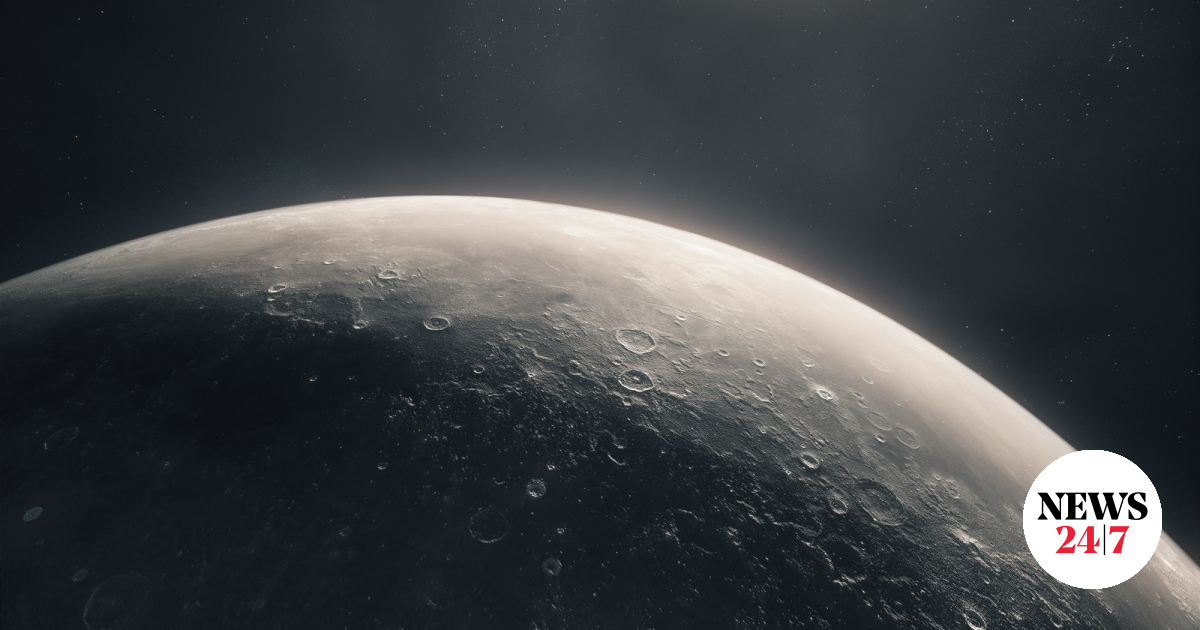
Human activity has left its indelible mark moon As everything shows, in the coming decades we intend to further shape the Moon’s environment and soil.
Tons of debris – from golf balls, flags, feces and ghost satellites – have been found on the moon’s surface, and researchers have concluded that learning about the changes caused by humanity would be an important way to clarify this. The surface of the moon has not changed And that humanity has changed him greatly.
As humans begin exploring the solar system from the moon, scientists say it’s time to learn about the new era on the moon, which is called… Lunar Anthropocene According to researchers It dates back to the landing of the Russian Luna 2 spacecraft in 1959 Which struck east Sea of rain On the surface of the moon, creating the first man-made crater.
Since this event, humans have caused surface disturbances at at least 58 additional locations on the Moon. As we enter the next “space race,” marked by private companies offering access through space tourism and industrial mining plans, “we see it as time to discuss whether Earth’s moon has also entered a phase.”The era of humans– Lunar Anthropocene.
The New Moon Age argument was published in an article in Natural earth scienceswith the main author of the article Justin Holcomba research geologist at the University of Kansas, stated that “the idea is very similar to the Anthropocene debate on Earth – investigating the extent of human impact on our planet.”
“The consensus is that the Anthropocene began on Earth at some point in the past, either hundreds of thousands of years ago or in the 1950s. Cultural processes began to overtake the natural background of geological processes on the Moon,” Holcomb added. “These processes involve transporting sediment, which we refer to as ‘regolith,’ to the Moon. Typically, these processes include, but are not limited to, meteorite impacts and mass transfer events. However, when we take into account the impacts of rovers, landers, and traffic Humanity, all of this greatly disturbs the rich.”
“As part of the new Space Race, the lunar landscape will be very different in 50 years. Many countries will be present [στη Σελήνη]Which will lead to many challenges. Our goal is to dispel the myth of the standing moon and highlight the importance of our impact, not only past but also ongoing and into the future. “Our goal is to start discussions about our impact on the moon’s surface before it’s too late.”

“Avid problem solver. Extreme social media junkie. Beer buff. Coffee guru. Internet geek. Travel ninja.”





More Stories
Bad manta for Windows 11?
NASA: Received a laser message from deep space for the first time
PS Plus: 'Fire' in May – see free PS4 and PS5 games